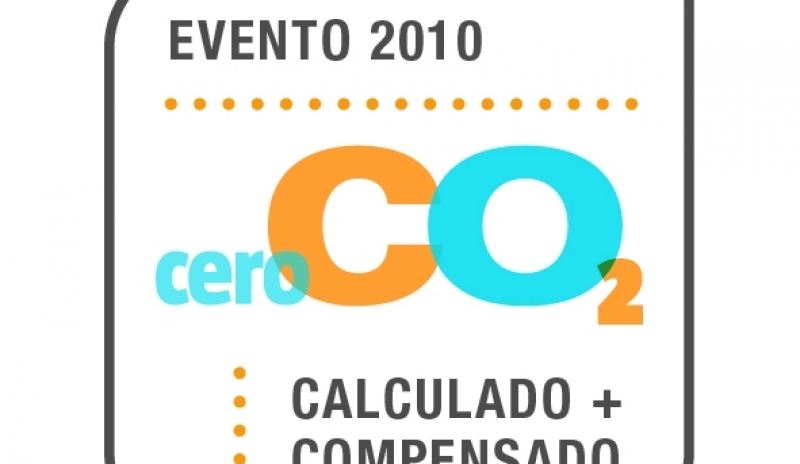How are CO2 emissions generated?
Most of the emissions resulting from the Forum were generated by transport of the speakers and attendees.
Other sources of GHG emissions are paper and energy consumption for wiring and air conditioning of the spaces used for the event, as well as the use of electric devices.
How are the emissions calculated?
The ZeroCO2 calculating methodology was developed by the “GHG Protocol”, based on the “Guidelines for determining National Inventories of Greenhouse Gas Emissions” of the Intergovernmental Panel on Climate Change (IPCC) of the United Nations.
The emissions generated by the Impulsa Forum were calculated by the Ecology and Development Foundation, based on data provided by the organizers of the event.
The resulting calculation was an equivalent of 5.2 tons of CO2 generated.
How are the emissions compensated for?
Compensation for half of the emissions generated by the Impulsa Forum is through the project Generation of wind energy in India and the other 50% by means of the project Mini-hydroelectric plant El Bote and rural electrification in Nicaragua, both included in the ZeroCO2 platform.
Generation of wind energy in India
This project consists in the generation of clean and renewable electricity from wind. Specifically, it involves joining up 37 newly-constructed turbines, sponsored by various small developers, which together will deliver a total power supply of 15.385 MW.
Additional benefits of the project are:
• The project will help to provide greater stability to the already-existing electric grid, and to supply part of the rapid growth in demand for electric power of India, by means of a renewable and environmentally-friendly source of energy.
• It will contribute to the environmental, social and economic development of the region.
• It will provide power to the more vulnerable sectors of the rural communities in the vicinity of the project.
Mini-hydroelectric plant El Bote and rural electrification project in Nicaragua
The objective of the project, sponsored by the Association of Rural Development Workers – Benjamin Linder, is the production of electricity from a renewable source, to be available for sale to the local communities of El Cuá and San José de Bocay, whose only alternative source of power would be individual diesel generators.
Additional benefits of the project are:
. 1500 homes, farms and small businesses will be supplied with electric power.
. It will provide stability to the already-existing electric grid.
. Participation of local community members in unskilled labor.
. Efforts aimed at repeating the experience.







